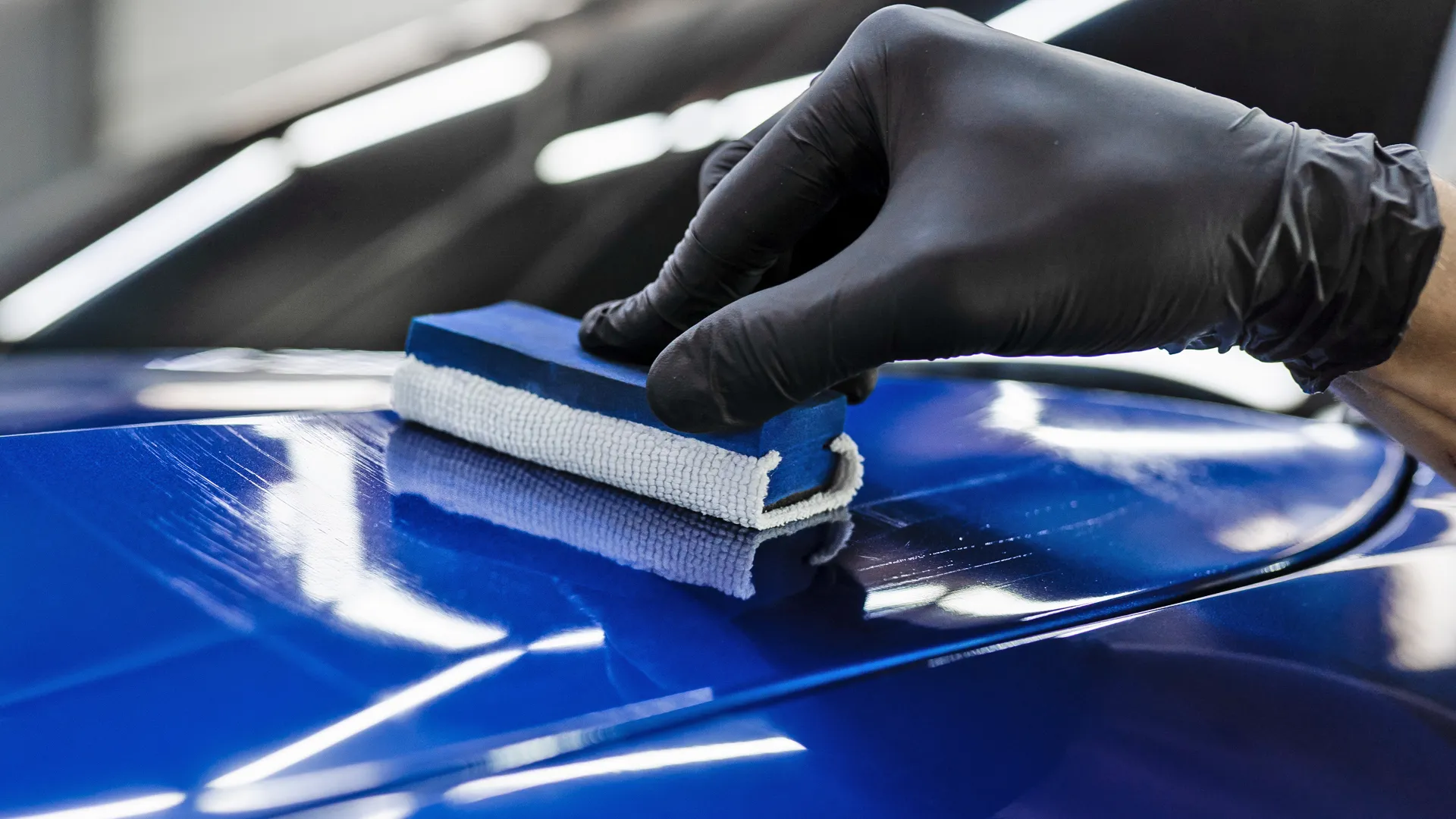Protect your car with high-quality paint protection film for maximum scratch resistance.
Protect your car with high-quality paint protection film for maximum scratch resistance.
Blog Article
A Comprehensive Guide to the Kinds of Ceramic Finish on the Market
Ceramic finishes have actually emerged as a pivotal service across various industries as a result of their distinct homes and applications. From silica-based solutions understood for their robustness to crossbreed options that merge numerous advantages, the choices offered can be overwhelming. Comprehending the nuances of each kind, including their details advantages and excellent use cases, is essential for making notified decisions. As we explore the unique characteristics and applications of these finishes, the implications for efficiency and long life come to be progressively obvious, questioning concerning which kind could best fit your requirements.
Recognizing Ceramic Coatings
Ceramic finishes are innovative safety solutions that have acquired appeal in various sectors, particularly in automobile and aerospace applications. These coatings consist of a liquid polymer that, when treated, creates a sturdy, hydrophobic layer on the surface of the substrate. This layer gives boosted resistance to environmental impurities, UV radiation, and chemical direct exposure, consequently extending the life and aesthetic allure of the underlying product.
The basic part of ceramic coatings is silica, which adds to their firmness and resilience. The application procedure normally entails surface area preparation, application of the finish, and curing, which can be achieved via warmth or UV light. As soon as treated, ceramic coatings display exceptional bonding homes, enabling them to adhere strongly to a variety of surfaces, consisting of steels, plastics, and glass.
In addition to their safety functions, ceramic finishes likewise use convenience of upkeep. Their hydrophobic nature reduces the adherence of dust and gunk, making cleaning less complex and less frequent. In general, the fostering of ceramic coatings stands for a substantial innovation in surface security technology, supplying both functional and visual advantages throughout multiple industries.
Sorts Of Ceramic Coatings
Different sorts of ceramic layers are offered, each designed to satisfy certain performance demands and applications - ceramic coating sarasota. One of the most common types include:
Silica-based Coatings: These finishes largely contain silicon dioxide and are recognized for their toughness and chemical resistance. They are widely used in automotive and industrial applications.
Titanium Dioxide Coatings: Prominent for their photocatalytic properties, titanium dioxide coverings are typically applied in settings where self-cleaning and antifungal homes are desirable, such as in building products and auto finishes.
Zirconia Coatings: Defined by their high-temperature stability and thermal resistance, zirconia finishings are utilized in applications such as generator engines and high-performance vehicle parts.
Alumina Coatings: Showing excellent solidity and thermal stability, alumina coatings are often made use of in wear-resistant applications, including cutting tools and commercial equipment. - ceramic coating sarasota
Hybrid Coatings: Incorporating the homes of different materials, crossbreed layers supply enhanced performance features, making them appropriate for unique and demanding applications.
Each type of ceramic finish offers unique purposes, enabling customers to choose one of the most ideal option based on specific environmental problems and efficiency needs.
Benefits of Ceramic Coatings
Coatings play an essential function in enhancing the efficiency and longevity of surface areas across different sectors. Ceramic coverings, specifically, offer various advantages that make them increasingly popular among makers and customers alike. Among the primary benefits is their exceptional durability. These finishings are immune to scratches, chemicals, and UV rays, making certain that the underlying surface continues to be protected with time.
In addition to resilience, ceramic coverings offer outstanding hydrophobic homes, enabling easy cleansing and maintenance. This water-repellent nature decreases the adherence of dust, crud, and various other pollutants, which can prolong the visual appeal and performance of the surface area. Moreover, ceramic finishes can substantially improve thermal resistance, making them suitable for visit applications that sustain high temperature levels.

Application Process
When using ceramic finishings, a meticulous technique is crucial to attain optimal outcomes. The application process commonly begins with comprehensive surface area prep work. This includes cleaning, sanitizing, and brightening the surface to remove all contaminations, consisting of dirt, grease, and prior waxes or sealers. A tidy surface area makes sure proper bond of the finishing.
When the surface is prepped, the following action is to apply the ceramic finishing. This can be done using an applicator pad or a microfiber towel, making sure even protection. It is crucial to function in little areas to keep control and avoid premature curing. The finish should be used in slim layers, as thicker applications can lead to unequal surfaces.
After application, the coating calls for a certain healing time, usually varying from a couple of hours to a full day, relying on the product. During this time around, it is essential to stay clear of direct exposure to dampness or contaminants. find more Ultimately, a gentle buffing may be needed after curing to boost the gloss and get rid of any type of high areas. Complying with these steps carefully will take full advantage of the effectiveness and durability of the ceramic coating, offering a resilient safety layer for the surface area.
Maintenance and Longevity
To ensure the durability and performance of a ceramic covering, regular upkeep is essential. Ceramic layers, known for their longevity and safety high qualities, need specific treatment regimens to optimize their lifespan and efficiency.
Along with routine cleaning, routine assessments are Click Here vital. Seek signs of wear or damage, such as hydrophobic residential properties lessening or surface area imperfections. If essential, a light polish might be used to rejuvenate the covering without stripping it away.
Additionally, the application of a booster spray can improve the covering's hydrophobic effects and recover its gloss. This is especially valuable for coatings that have remained in usage for a prolonged duration. Ultimately, by adhering to these upkeep practices, one can significantly extend the life of a ceramic finishing, guaranteeing that it continues to provide optimal defense versus ecological variables and keep the aesthetic charm of the automobile.
Conclusion

Report this page